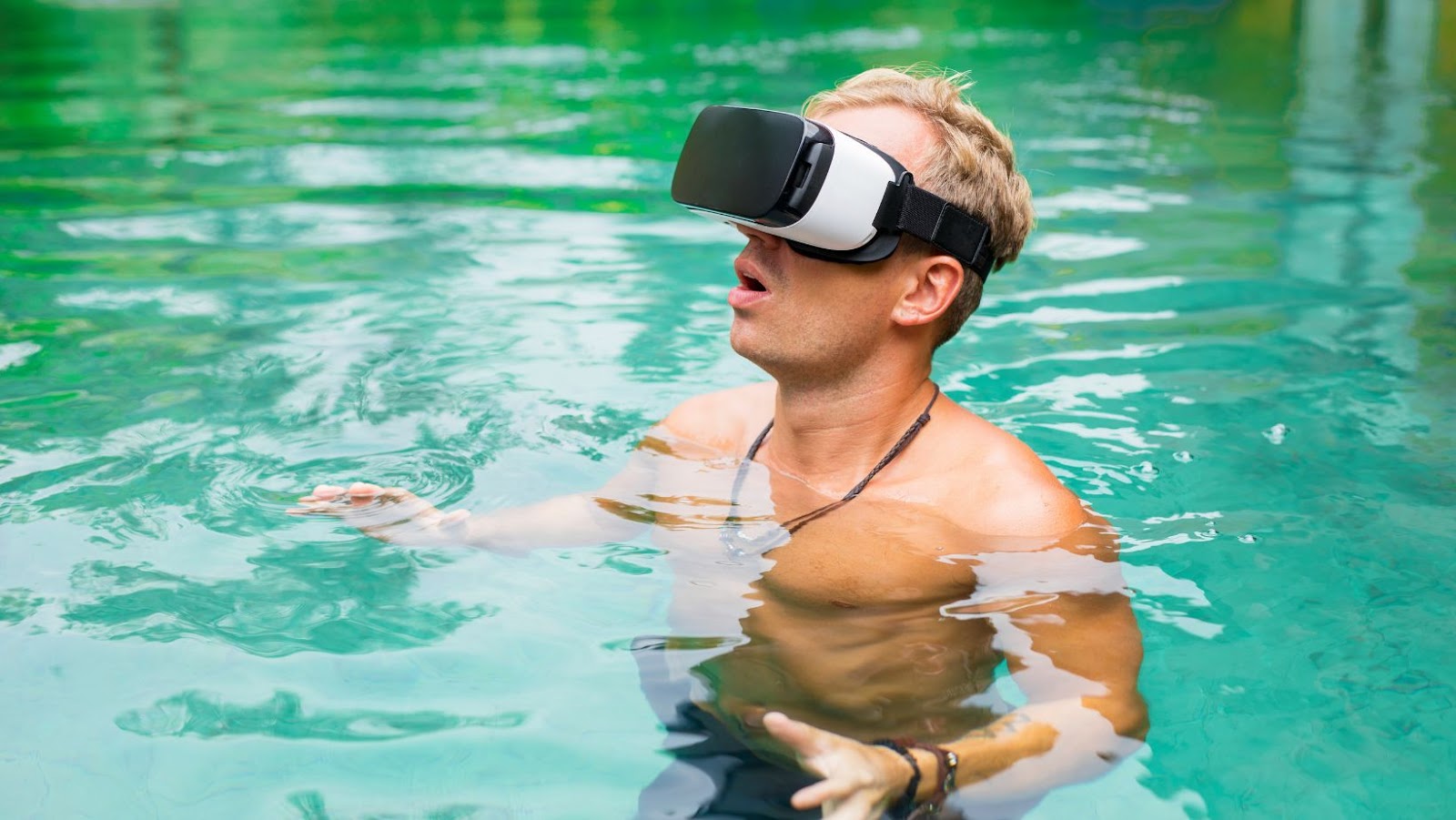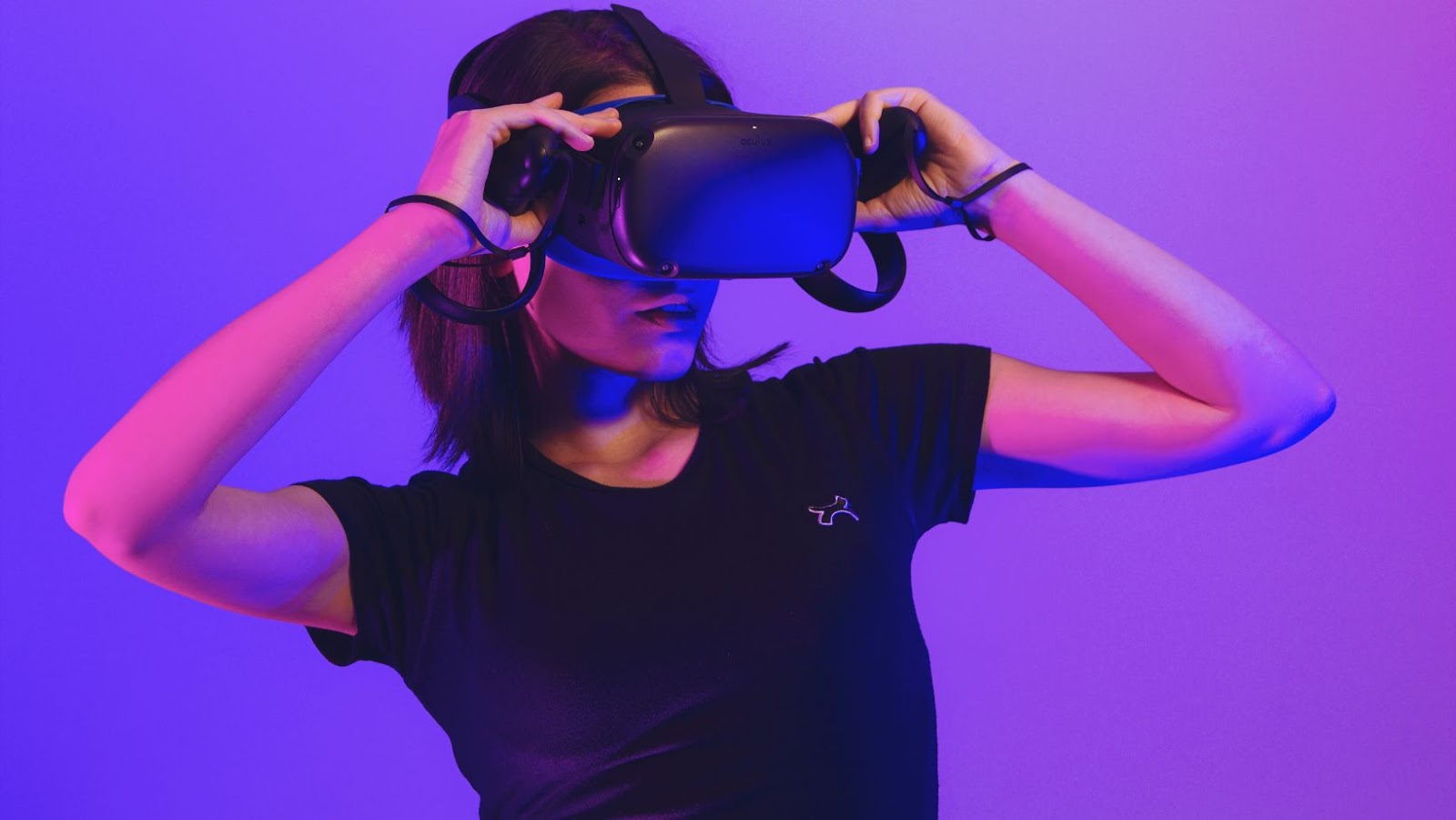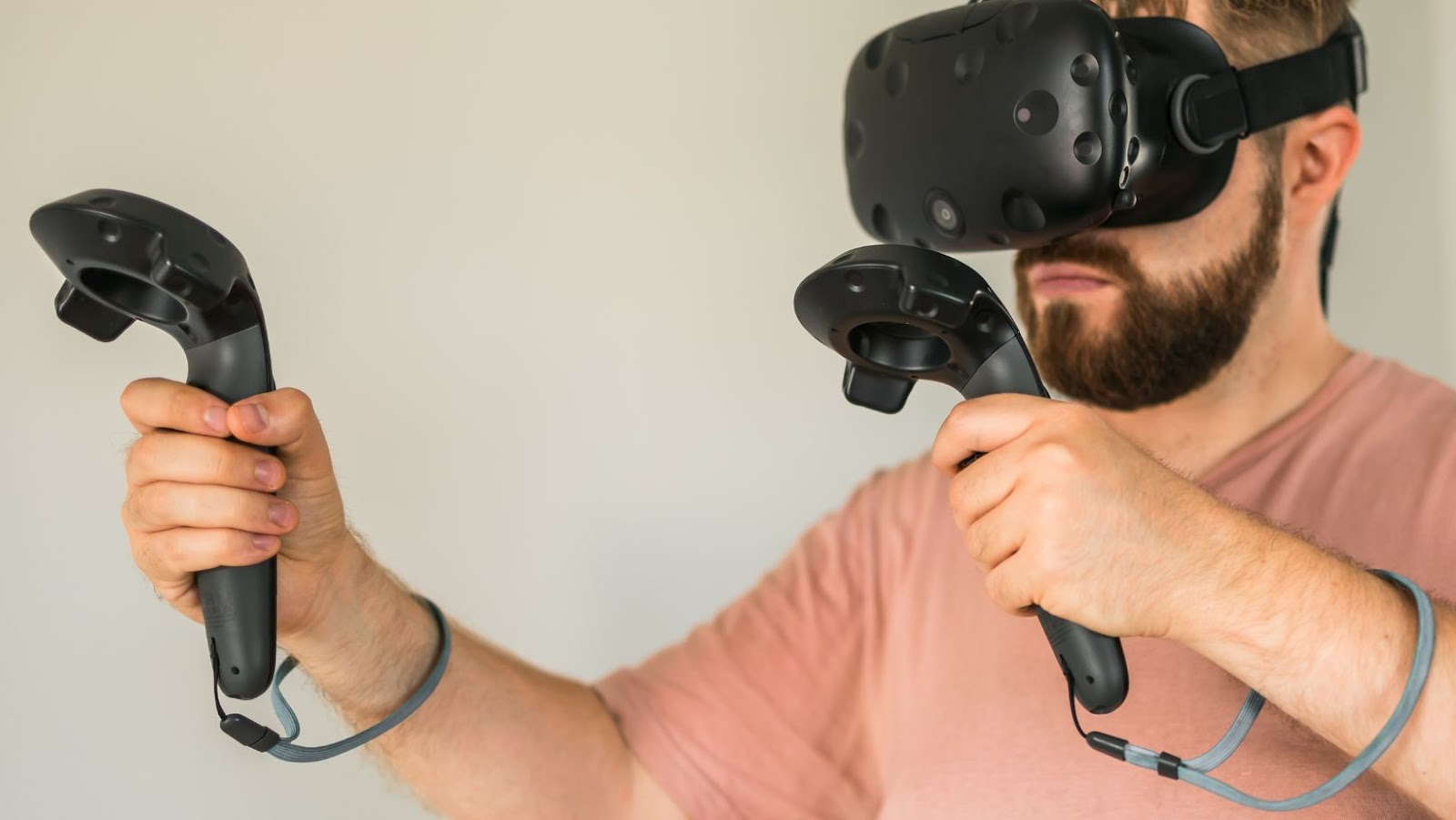 VR Gadgets Oculus
VR Gadgets Oculus
Oculus, a sprawling name in VR technology, marks its inception in 2012. Its foothold in the VR space solidified after the acquisition by Facebook, a tech giant, in 2014. Envisioning immersive digital experience, Oculus has launched a series of game-changing VR devices including Oculus Rift, Rift S, Oculus Go, and the Oculus Quest series. The brand’s prominence soars with each release, highlighting its commitment to facilitate seamless VR integration into everyday life.
Defining the Oculus headsets are a range of top-tier characteristics which include high-resolution displays, powerful processors, and intuitive controllers. For instance, the Oculus Rift S boasts an impressive display resolution of 2560×1440 pixels, lending a crisp and clear visual experience. Additional embellishments such as built-in audio, ergonomic design, and room-scale tracking further enhance the immersive experience.
Oculus headsets also carry forth Inside-Out Tracking technology, meaning sensors located on the headset track the movements of the user, eliminating the need for external sensors or cameras. The Oculus Quest 2, delivers cutting-edge performance utilizing the Qualcomm Snapdragon XR2 Platform assuring power-packed VR experiences.
 How VR Gadgets Oculus Work
How VR Gadgets Oculus Work
Diving into the workings of Oculus VR gadgets illuminates the marvel of technology encased in each device. This section explores the immersive universe of virtual reality and the crucial role of sensors in functioning Oculus VR gadgets.
Oculus devices transport users to an immersive virtual reality, thanks to their high-resolution displays and powerful processors. Here, sight and sound converge to create 360-degree, three-dimensional worlds. Using OLED panels (Organic Light-Emitting Diodes) for each eye, Oculus delivers a wide field-of-view. Remarkable clarity is at the heart of these experiences, with resolution varying depending on the model, for example, Oculus Quest 2 boasts a resolution of 1832×1920 per eye.
In this recreated reality, users engage with the environment using intuitive controllers. Both primary Oculus Touch controllers and future hand-tracking options, such as those on Quest 2, provide a unique experience. Oculus’ Guardian System also creates a safe virtual boundary for VR experiences. It’s a dynamic play area that users can define, offering a secure clear space for the physical movements involved in VR.
Oculus VR devices employ Inside-Out Tracking technology, underpinning seamless user interaction. This technology utilizes multiple cameras on the device carefully scanning the surrounding environment, providing the basis for positional tracking. In contrast to older models, this eliminated the need for external sensors or cameras around the room, giving Oculus models like the Rift S and Quest series a significant advantage in terms of user-friendliness and accessibility.
Accelerometer, gyroscope, and magnetometer sensors inside the device translate physical world movements into the virtual world. These are complemented by Infrared (IR) LEDs placed strategically in the controllers, tracked by the device’s integrated cameras.
 The Future of VR Gadgets Oculus
The Future of VR Gadgets Oculus
Peering into the not-so-distant future, Oculus VR gadgets promise to amplify the immersive VR experience manifold.
Upcoming Oculus Technologies to Watch Out For
In an active pursuit of innovation, Oculus is gearing up to roll out more user-friendly technology and safety features. Here are some of the technologies that Oculus is working on.
- Foveated Rendering: Foreseen to optimize VR applications performance, Foveated Rendering focuses the rendering power on the eye’s field of vision, reducing the processing load on peripheral vision. Currently, Oculus’s Quest 2 is engineered with a limited version of Foveated Rendering.
- Hand and Finger Tracking: Oculus has made strides in developing hand and finger tracking technology. This makes use of the cameras on the headset, not requiring any additional hardware, thereby augmenting user convenience.
- Oculus Link: Oculus’s attempt in bridging the gap between standalone VR and PC-tethered VR, Oculus Link aims at delivering high-fidelity graphics from a PC VR game to their standalone Oculus Quest and Quest 2 headsets.
- Wireless PC VR Streaming: Being in its developmental stages, this technology gives the Oculus Quest devices the ability to wirelessly stream PC VR content.
- Oculus Passthrough API: Intended to allow developers to blend real-world objects into their VR applications, Oculus Passthrough API can create a mixed reality experience for the users.
Oculus continues to embrace revolutionary technologies, looking to eliminate any barriers to entry and make VR technology accessible and captivating for all users. It’s a given that the Oculus remains an integral part of the VR marketplace.